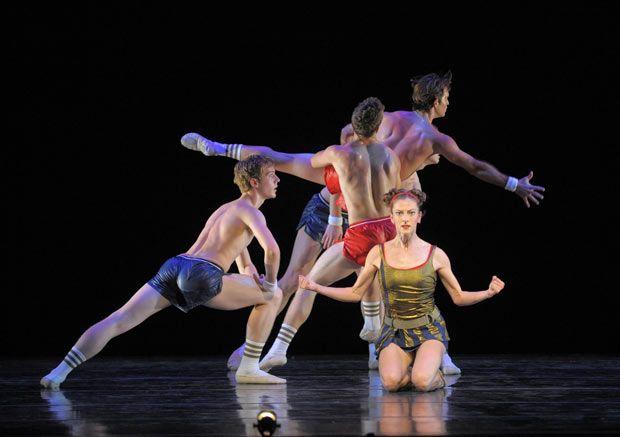
© David Allen. (Click image for larger version)
Smuin Ballet
Oh, Inverted World | Soon These Two Worlds | Medea
New York, Joyce Theater
13 August 2012
smuinballet.org
Smuin Ballet, the San Francisco-based company founded in 1994 by the late Michael Smuin, aims to present works that are both innovative and accessible. Choreography strives to be innovative, but “accessible” can be a dirty word – particularly for ballet, an art form that traditionally courts an audience of connoisseurs.
Innovation and accessibility can, however, coexist. For proof, look no further than Trey McIntyre’s 2010 ballet Oh, Inverted World, which opens Smuin’s triple-bill presented at the Joyce Theater this week. The score is made up of several songs by The Shins, the American indie rock band made popular by the 2004 film, Garden State. The ballet is fun and fresh, and it proves McIntyre – who also leads his own company, the Trey McIntyre Project – to be a choreographer of many talents.
The opening is simple but riveting. Two chains of four dancers cross the stage in a brisk walk, their torsos slightly hunched. The men wear shorts and socks, and the women are in similarly athletic but more sparkly attire. As the song “New Slang” plays, McIntyre establishes a casual vocabulary of his own. Classicism loses its sense of decorum: legs punch backward into arabesque and dancers make their exits and entrances with unceremonious sprints. Bodies change direction abruptly and much of the movement is concentrated below the knee.
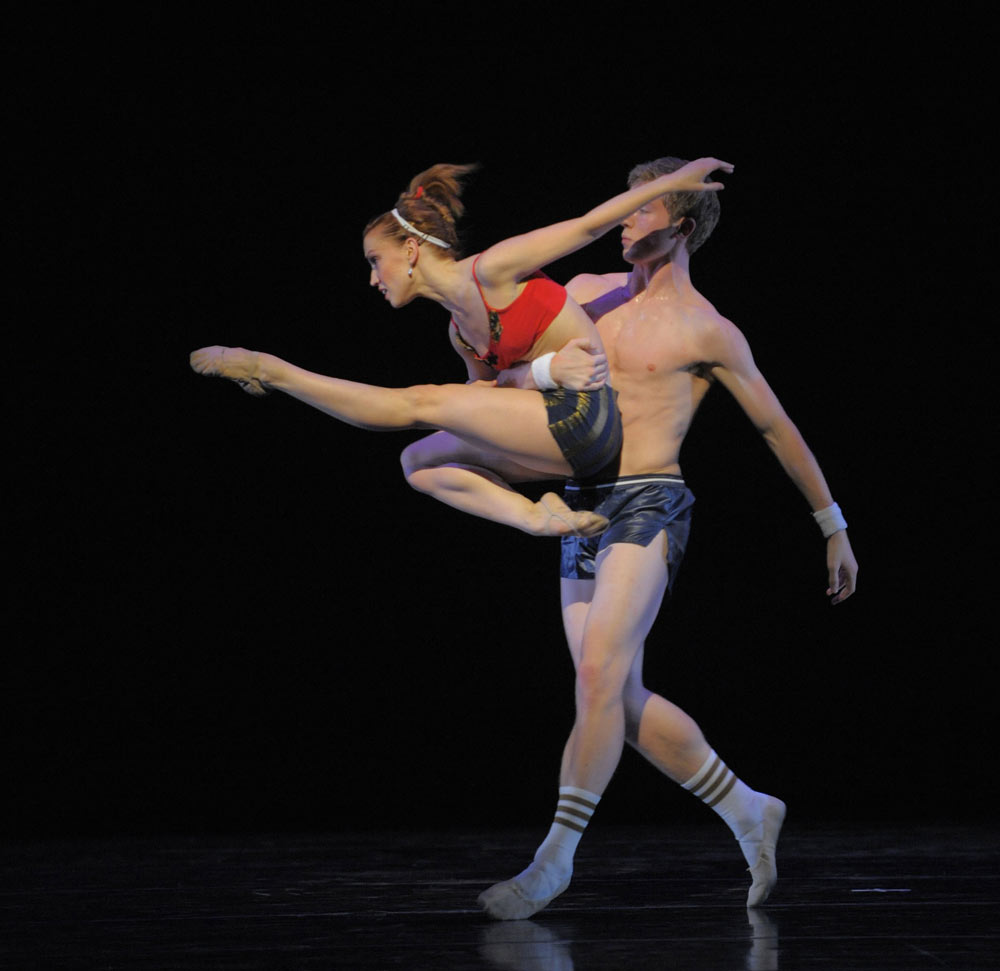
© David Allen. (Click image for larger version)
Just as remarkable as the steps themselves is how McIntyre continuously and creatively reconfigures the ballet’s eight dancers. Brief solos, duets, and trios punctuate energetic numbers for the whole ensemble. One passage alternates between dances for three couples and a joyful solo for Jane Rehm, one of the company’s standout performers; her exuberance as she spins through the stage and grabs at the air says to the others, “A partner? Who needs one?”
Transitions pass quickly and seamlessly, and the piece moves along briskly until it ends with a solo danced tenderly by John Speed Orr. He traces semi-circles on the floor with his foot, spins in attitude, dashes athletically toward the audience and ends standing in place, holding up one hand as if taking an oath while the other touches his face. The finale is mysterious, serene and touching. My thoughts returned to it several times the following day.
Another relatively new work on the program was Soon These Two Worlds, which was made in 2009 by Amy Seiwert, a former dancer with the company who now serves as its choreographer-in-residence. The score – Kronos Quartet’s Pieces of Africa – pairs the violin with traditional African percussion.
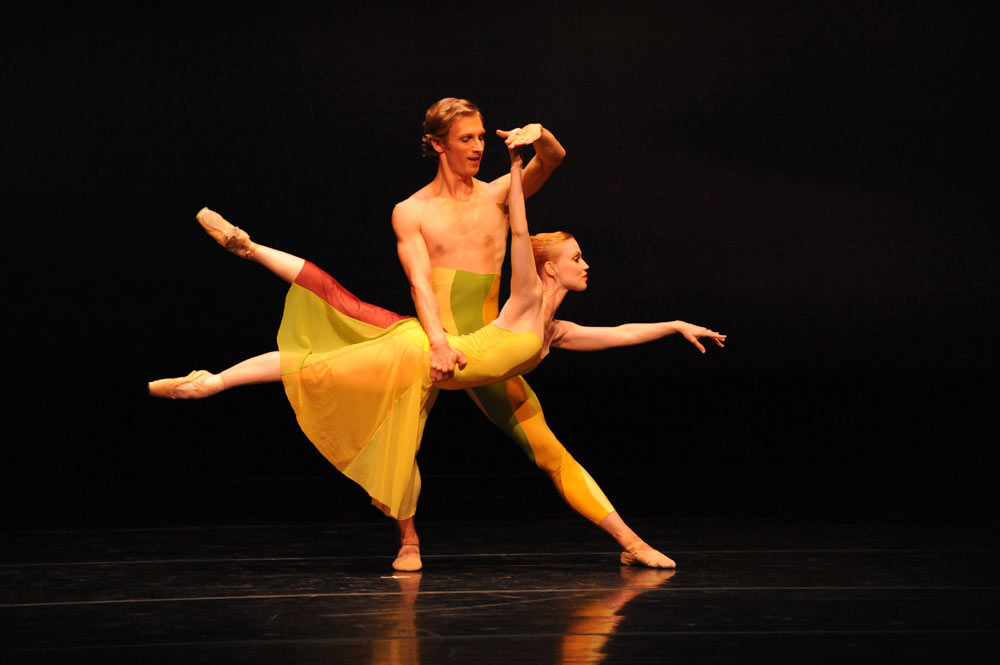
© Scot Goodman. (Click image for larger version)
The dance is undeniably social in character, but references to traditional African dance are muted. Curved arms and hip accents mark the choreography, and Christine Darch’s striped green and yellow costumes add to the upbeat tone. Seiwert, though, repeats steps too often, making thsee excellent dancers look dull, and several parts of the choreography don’t quite match the excitement and complexity of the score. (The overlapping, constantly changing rhythms make the choreographer’s task a difficult one.)
The ballet improves considerably in its second half when it starts to resemble a wedding ritual. Four women dance cheerfully around Erin Yarbrough as if pampering and attending to her. Later, Yarbrough and Jared Hunt are pushed together by the other dancers, and it all ends in a rollicking group number of kaleidoscopic patterns, perhaps a celebration of the couple’s union.
The most disappointing ballet on the program, as it turned out, was the one made by Smuin. In the eighties, Smuin won Emmy, Tony, and Drama Desk awards for choreography, which gives me hope that Medea, his version of the Greek myth that premiered in 1977 with the San Francisco Ballet, might not be his best work.
Its aesthetic is coarse, bringing to mind works like George Balanchine’s Prodigal Son and Martha Graham’s Night Journey. An exaggerated tone is established immediately. As Samuel Barber’s dissonant, dramatic chords sound, Medea (Robin Semmelhack) stands at center stage wearing a long silky cloak, surrounded by clouds of smoke. When she struts forward and opens the front of her garment, releasing more smoke into the air, it’s almost laughable. Medea’s husband, Jason (Joshua Reynolds), and her sons (Orr and Christian Squares) soon enter wearing revealing loincloths that border on obscene.
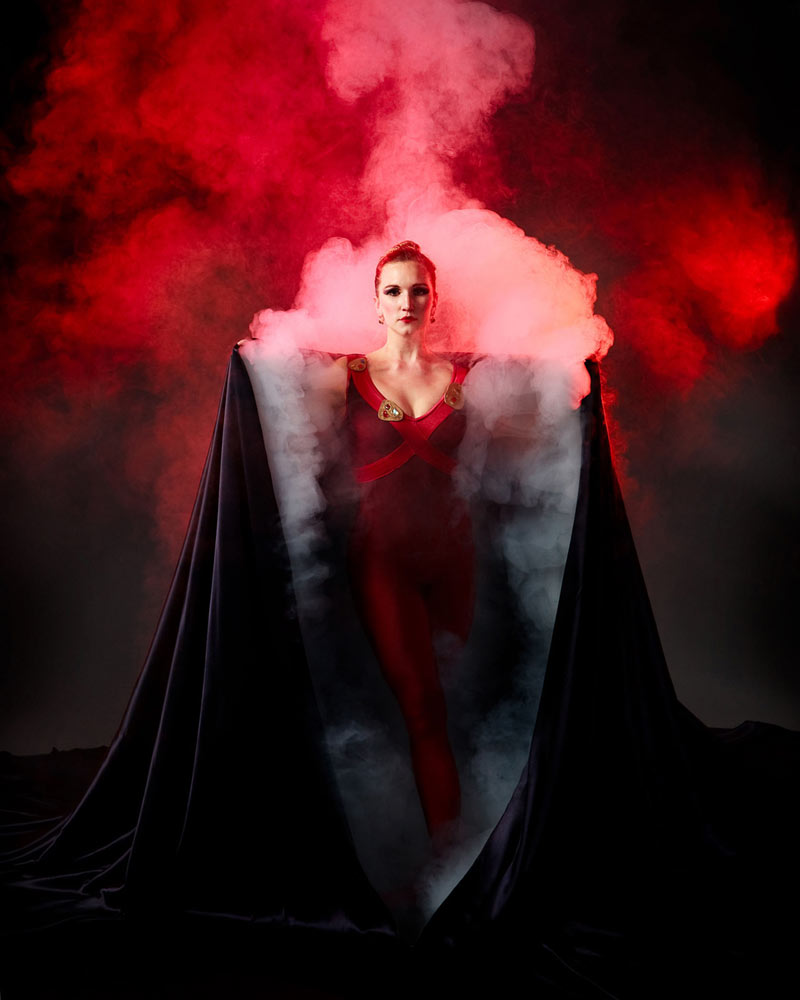
© Marty Sohl. (Click image for larger version)
The dancers, to their credit, give it their all, and there are a number of moments when Smuin’s choreography succeeds with characterization – Medea’s menacing pliés, for instance – but the ballet’s finer qualities are overshadowed by its suffocating theatricality and blunt, clumsy transitions. Smuin also lingers uncomfortably on the most melodramatic moments. After Medea and her sons trap and strangle the temptress Cresusa (Janica Smith), for example, they stand frozen over her lifeless body for what feels like an eternity. A woman sitting near me giggled.
It’s admirable that the company wants to honor the memory of Smuin, who died in 2007, even as it presents newer choreography. Medea, however, doesn’t make a strong case for his work.












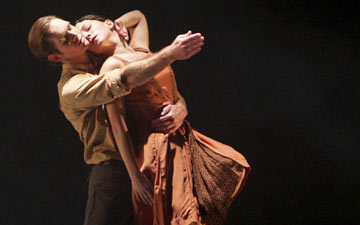

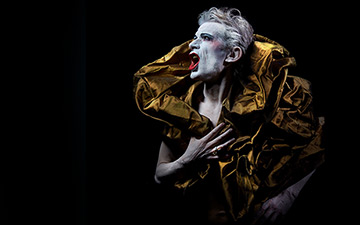

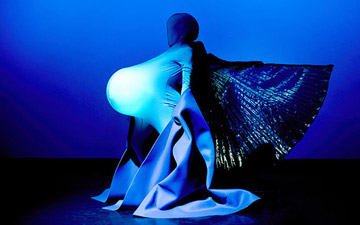
You must be logged in to post a comment.